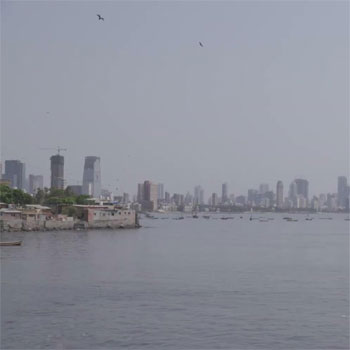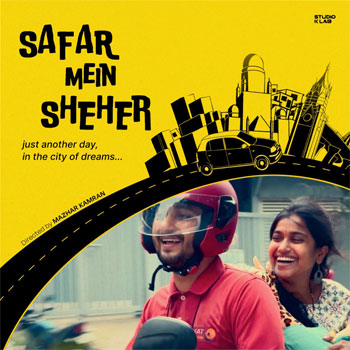The Photographer and The Reality of Imagination projects were done by Prof. Mazhar Kamran. With the mystic poems of Rumi working as dialogues that the characters speak, "The Photographer" is a film that explores the realm of imagination and what it means to a person who, in order to create, lives much of the time on the boundary between the real and the imagined. The story is about a photographer who shoots a model one day, and it turns out she is visible only to him. He had walked into another time. "The Photographer" had its premiere on the Foundation Day of the Film and Television Institute of India, Pune. It was shown internationally at the Cannes Film Festival, Short Film Corner. The second project of Prof. Mazhar Kamran was the success story of Navy Mumbai Film on the Sanitation Project. Clean water and sanitation is a sustainable development goal of UN. To communicate the difference that modern sanitation methods can make to a city’s water and sanitation needs, the film presents the "success story" of Navi Mumbai in this context. Taking a cinematic approach, the film communicates without commentary or interviews, relying purely on visuals and sounds, with minimal text. The film was commissioned by the Asian Development Bank Institute, Tokyo. It will be used for advocacy and leadership-building programmes of ADBI. Another project of Prof. Mazhar Kamran was Traditional Indian Art and Animation in India Exploring the roots of an Indian style On the one hand, we have a rich heritage of traditional Indian art forms that are rooted in the different regions. They embody the culture of the people. The colours, the shapes and forms are distinct, and they tell equally rich stories of the people. On the other hand, we have a contemporary medium, Animation, born in modern times, it has roots in an industrial environment which is increasingly technology-driven. Between these two is a gulf, a rich space full of creative possibilities. What the research seeks to do is study this space systematically and formulate key concepts and ideas in this space. It seeks to articulate and codify all that is involved in the transformation of an art form from one tradition, one origin, into another, more contemporary form. The study will also reflect upon the issues—social, ethical, and aesthetic—that crop up when such a transformation happens.


